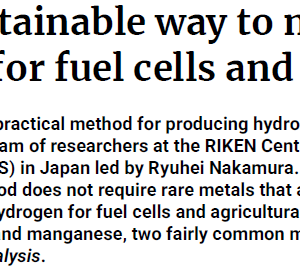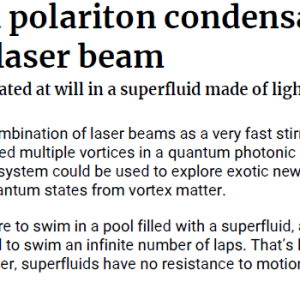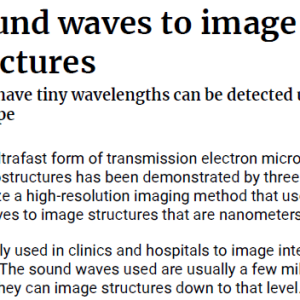
THE QUEST FOR SAFE AND RELIABLE FUEL CLADDING MATERIALS
₩4,000
The tragic Fukushima Daiichi Nuclear Plant accident of March, 2011, has brought great unrest and challenge to
the nuclear industry, which, in collaboration with universities and nuclear research institutes, is making great
efforts to improve the safety in nuclear reactors developing accident tolerant fuels (ATF). This involves the
study of different materials to be applied as cladding and, also, the improvement in the fuel properties in order to
enhance the fuel performance and safety, specifically under accident conditions. Related to the cladding, iron
based alloys and silicon carbide (SiC) materials have been studied as a good alternative. In the case of austenitic
stainless steel, there is the advantage that the austenitic stainless steel 304 was used as cladding material in the
first PWR (Pressurized Water Reactor) registering a good performance. Then, alternated cladding materials such
as iron based alloys (304, 310, 316, 347) should be used to replace the zirconium-based alloys in order to
improve safety. In this paper, these cladding materials are evaluated in terms of their physical and chemical
properties; among them, strength and creep resistance, thermal conductivity, thermal stability and corrosion
resistance. Additionally, these properties are compared with those of conventional zirconium-based alloys, the
most used material in actual PWR, to assess the advantages and disadvantages of each material concerning to
fuel performance and safety contribution.





상품평
아직 상품평이 없습니다.